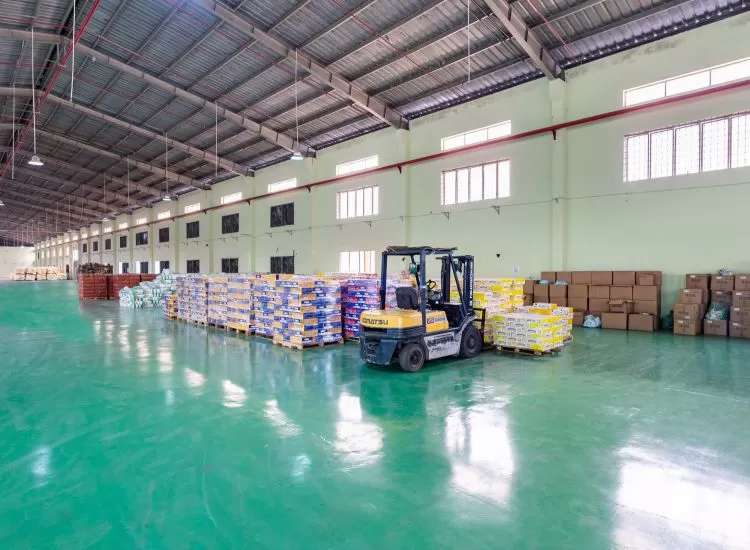Maersk: Container Demand Remains Strong in Q4/2024
Maersk forecasts global container demand to remain strong in Q4/2024, particularly in North America and Latin America, despite disruptions in the Red Sea and a potential strike at a US East Coast port.
.webp)
Photo: Maersk
The world’s second-largest container shipping line expects global container demand to remain strong through the fourth quarter, driven by strong imports into North America and Latin America, as well as strong exports from the Far East.
In a quarterly review and forecast on Wednesday, Maersk predicted a more balanced global shipping market between supply and demand despite disruptions in the Red Sea and a potential strike at a US East Coast port.
“There will still be trade-specific and port-specific bottlenecks, particularly in high-traffic regions, where congestion and delays may persist,” the Danish carrier said. “Ports like those on the U.S. East Coast and key transshipment hubs could experience challenges as they adjust to the evolving landscape.”
Maersk noted that global container volumes rose 6.6% year-on-year in Q2, citing FBR research, highlighted by increases of 10.5% and 15.6% in imports to North America and Latin America, respectively. Intra-Asia trade accelerated, up 9.6%. Exports from the Far East increased 8.6%, while outbound traffic from the US and Europe slowed by 2.4% and 0.4%.
Import and export data are key predictors of how freight rates and capacity may fluctuate in the near term.
The shipping industry is experiencing “elevated net deliveries” coupled with falling orders. Maersk, citing Alphaliner data, said new shipbuilding orders accounting for 9% of the carrier’s total fleet capacity, second only to market leader MSC at 20%, third-place CMA CGM at 30%, followed by Cosco at 20%, Hapag-Lloyd at 9%, Ocean Network Express at 31% and Evergreen at 40%.
Brent crude-based ship fuel prices rose slightly by 4.4% in July compared to the same period in 2023, due to various geopolitical issues, rising demand and production capacity cuts.
Source: Phaata.com (via FreightWaves)
Phaata.com - Vietnam's First International Logistics Marketplace
► Find Better Freight Rates & Logistics Services!
























.webp)










.webp)






